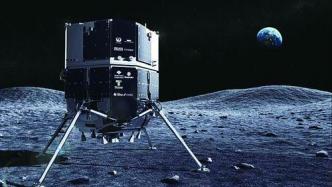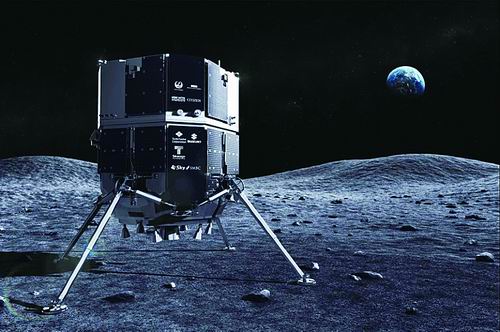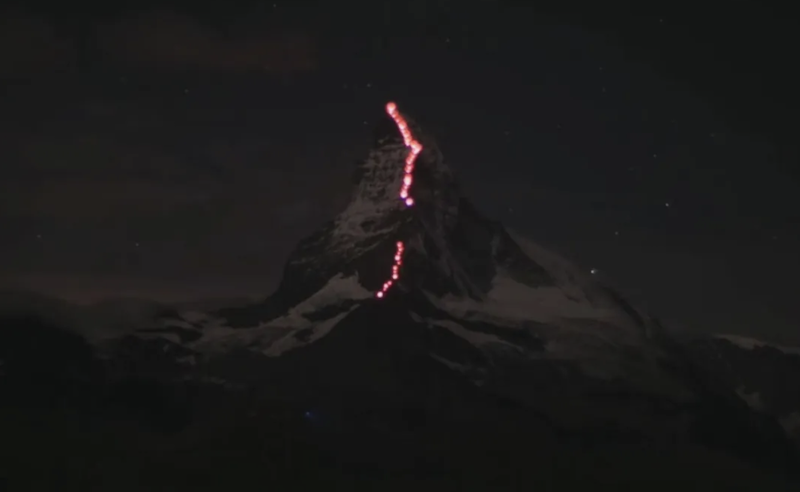

Imaginary image of Japan's M1 lander landing on the moon. Chinese Journal of Science
According to "Nature", a lunar lander made by a Japanese company ispace is expected to complete the first commercial mission to the moon. The lander, called M1, is scheduled to launch around November 22 from Cape Canaveral, Florida, USA. M1 will carry payloads including lunar rovers for the UAE and Japanese space agencies. The mission, if successful, would mark the first time the two countries have set foot on the lunar surface.
M1 is part of ispace's White Rabbit-R program and will be launched on a rocket manufactured by SpaceX of the United States. M1 makes a detour to the moon, so the landing time is late March or early April 2023. It also means it could be overtaken by other commercial missions launching in 2023.
At least two landers supported by NASA's Commercial Lunar Payload Services program will launch early next year and take a more direct route. For example, Nova-C, the first mission of the US company Intuitive Machines, is scheduled to launch in March 2023 and will reach the moon in just 6 days.
The moon has become a popular destination for national space agencies and private companies. "It will be a race," said Abigail Calzada Diaz, a lunar exploration specialist at the European Space Resources Innovation Center in Luxembourg.
Ryo Ujiie, chief technology officer of ispace, said that if the mission of ispace and other companies is successful, it will be "a great and important step in the development of the lunar ecosystem". This system is ultimately intended to collect water on the Moon. Some companies hope to use the water on the moon to produce rocket fuel, eventually reducing the cost of solar system exploration.
Diaz, who previously worked at ispace, said the success of a private company would be "pretty exciting" because it shows that the model works and will open the door for other companies. Related research may also benefit from it.
Whether the M1 will land successfully, however, is far from certain. In 2019, Israel's Genesis probe, the first privately-backed mission to the moon, crashed on the moon.
M1 will be a 4-month trip. Using the gravitational pull of the Earth and the Sun, it will be guided to the Moon. It requires less propellant than the direct route, meaning the M1 can carry heavier payloads for the same launch cost. Once close to the moon, the M1 will move in an increasingly elliptical orbit, approaching the lunar surface, and then perform a fully automatic landing.
The landing site, in Atlas Crater on the near side of the Moon, will be the most dangerous part of the journey. "Scientists have so little data from the moon that any new landing site chosen would be interesting for science," Diaz said.
Ispace believes that even if the M1 mission fails, "we can still learn something". The company is already planning future missions. Scheduled for completion in 2024, M2 will carry a range of payloads, including the company's lunar rover, according to Ujiie.
(Original title "Business Moon Landing Competition Japanese Companies Competing for the First Place")


